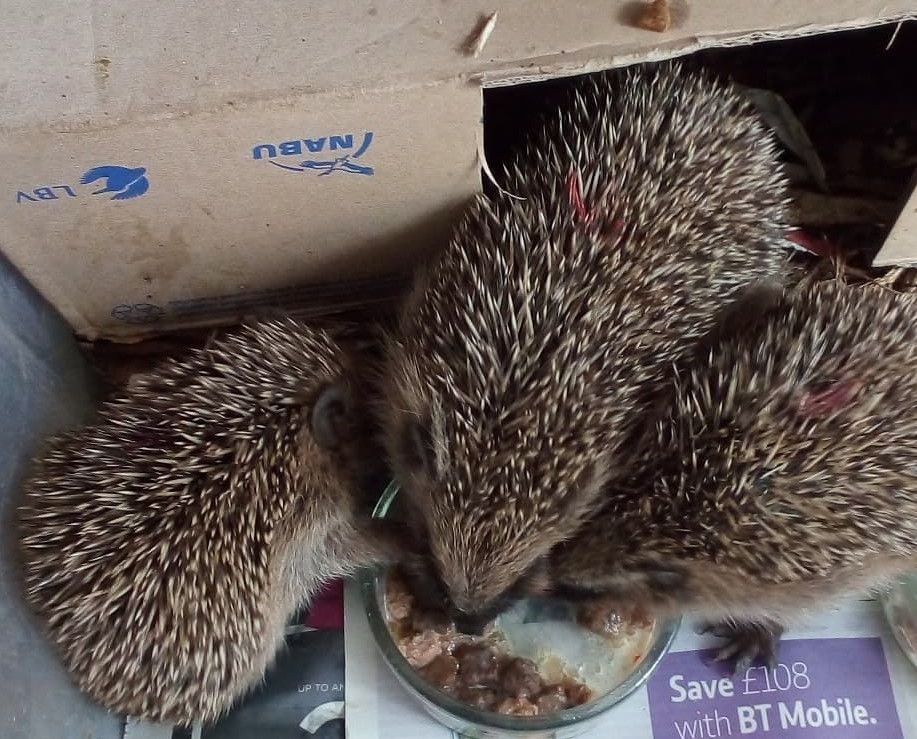The day the lock down (or confinement) began in France on 17th March, like everyone else, we didn’t know what the coming weeks and months would hold for the four of us: myself, husband Mark, step-daughter Daisy and her boyfriend Phillip. Like everyone else, we now needed an attestation to go shopping, or for a walk, limited to 1 hour and within a 1 km radius per day. We could visit no-one and no-one could visit us. I gradually learned that I had to stop worrying about family and friends far away, trust they would stay safe and accept that I may not see them again this year. We adapted to this new normal of empty roads and village, masks, decontaminating food and endless hand washing. However, apart from the dreaded supermarket trips, confinement in rural France was little different to everyday life. We continued to work remotely, undertake DIY and gardening projects, read a lot of books, play games and spend time on hobbies and interests.
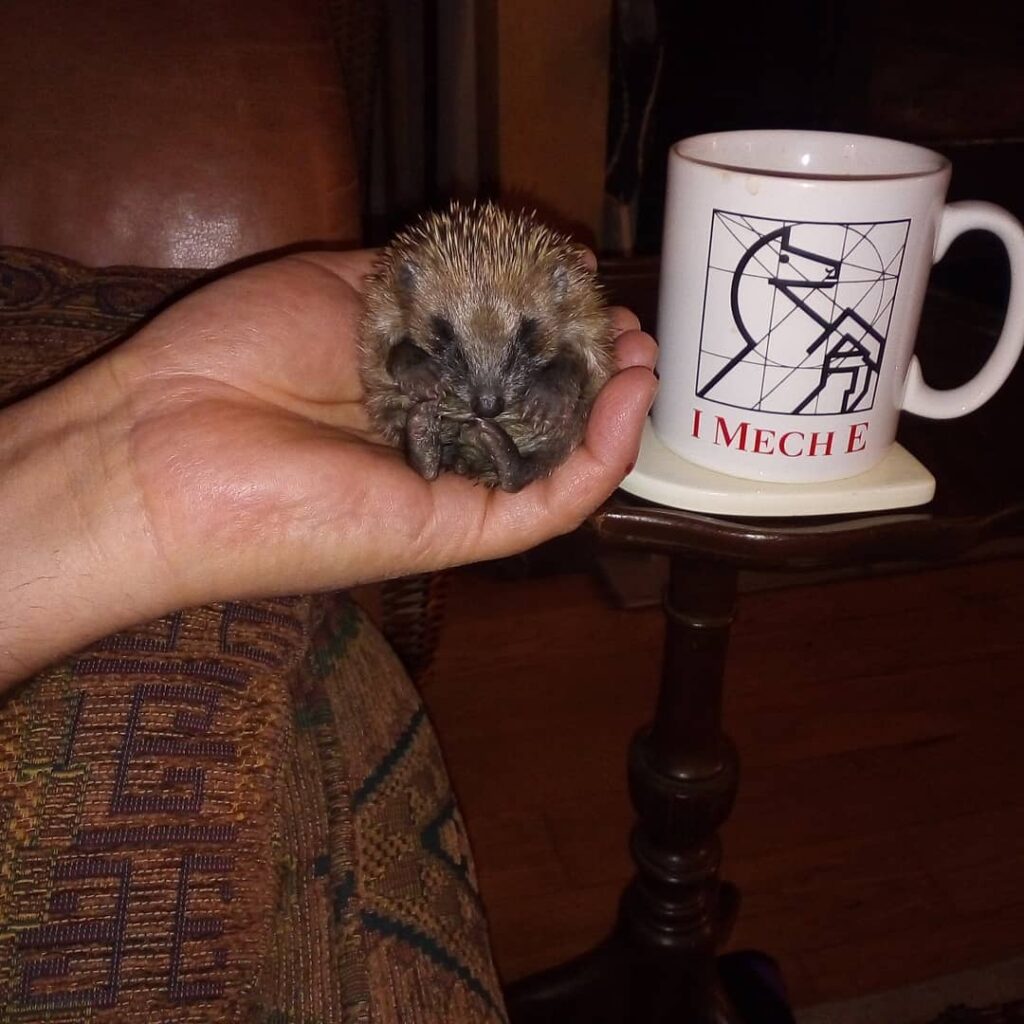
Any possibility of boredom disappeared completely on the evening of 21st April, when Mark found a tiny hedgehog wandering about in the garden, looking somewhat wobbly and confused. There was no sign of a mum and a quick internet search suggested that a hoglet so small should not be out alone. We were novice hedgehog nannies and Daisy and Phillip had never even seen a hedgehog before and were completely fascinated. We gave “Charles” some water with sugar and glucose in and watched with delight as he sucked a piece of roast chicken. He didn’t seem to be able to see or hear, so we guessed he was less than three weeks old. We found him a shoe box, some newspaper, a woolly hat to sleep in and crossed our fingers he would survive the night.
The next day we were all up early to check on Charles. He was alive and hungry and had been to the toilet. I’ve never been so excited to see animal poo, a sure sign he was functioning well. We continued to feed him with cat food and water and cuddle him regularly throughout the day. That evening he was joined by a sibling, who I found wandering about in a shaky and confused manner under the car. Our cat Mazout had decided to join him/ her, so I grabbed the hoglet as quickly as I could before the curious cat decided to play with her. A quick check confirmed it was a girl, so we named her Camilla, of course!
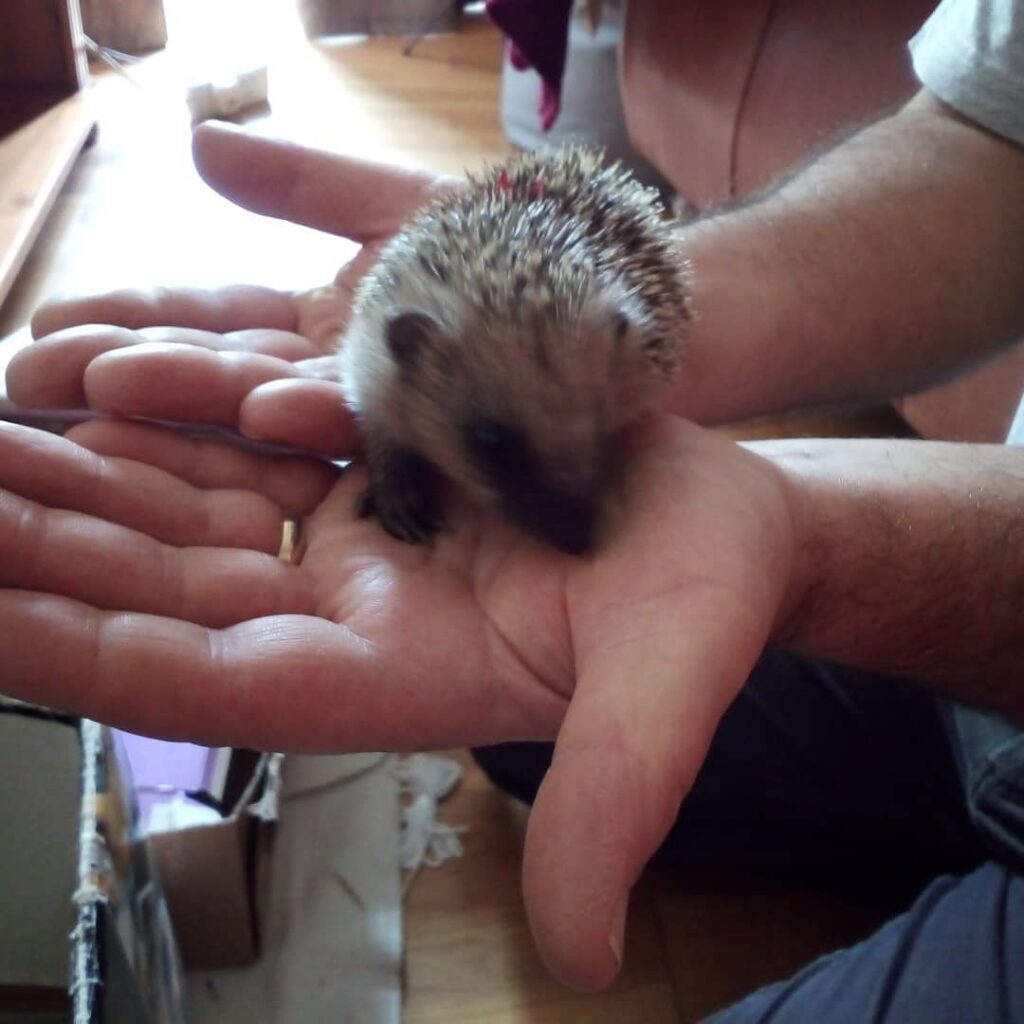
The following morning, they seemed fine. Because we know hedgehogs are nocturnal, we didn’t disturb them much all day. However, this was a big mistake with such young hoglets. By evening they were both listless and quite cold. We dug out our hot water bottles and made sure we kept them warm. Mark then had a genius idea to plug in an electric blanket, place the shoe box on top and monitor the temperature inside. I’m convinced this is what saved their lives at this point. What helped them after that, was the fantastic advice I received from Kay at The British Hedgehog Preservation Society. This guided us in everything from food amounts, to daily weighing, age milestones and common health problems. A quick trip to the pharmacy for some powdered kitten milk and a small syringe meant we could now measure and record their milk intake.
Kay’s advice also proved invaluable, when 4 days later, I found a third hoglet in a very poor condition near our compost bins. We guessed it was a girl. She was covered in fly eggs and very listless. I wasn’t hopeful we could do much to help. We bathed the poorly hoglet to rid her of the eggs and used olive oil to tease out about a dozen tiny maggots that had hatched in her ears.
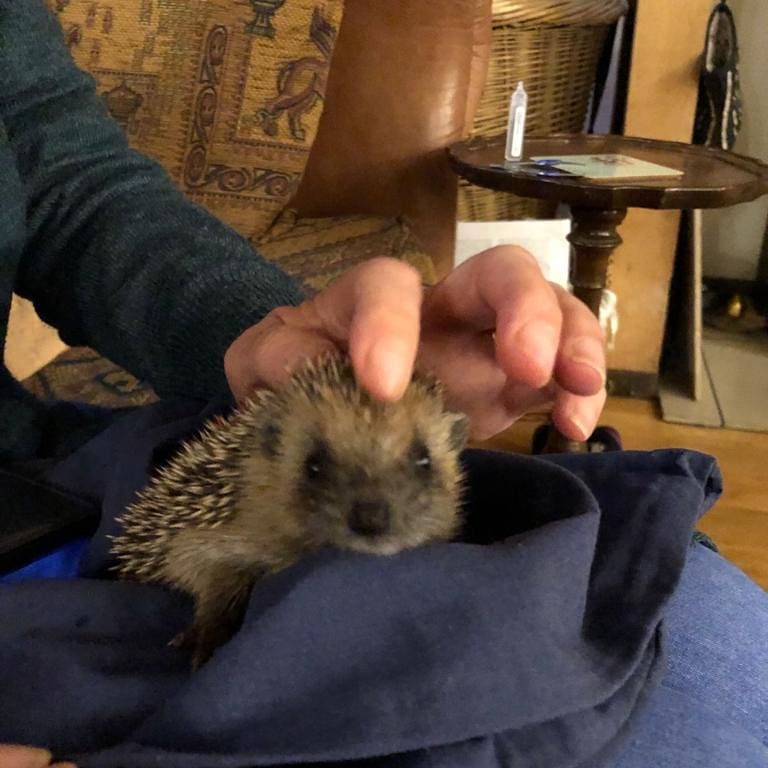
Afterwards, snug in a tea towel she had his first syringe of milk. Because of the fly-strike, we didn’t want to put her in with her siblings, so another shoe box was found and placed on the electric blanket. We named the third hoglet Denni, after a friend who adores hedgehogs.
The following weeks were a constant round of feeding (4 times a day), cleaning out boxes and of course, the all important daily weigh-ins. They all started at roughly 100g and proceeded to gain weight by increasing amounts each day. Once we were sure Denni was well enough, she joined her sisters in a larger box, with a separate bedroom and living room. The toilet, we discovered, was anywhere they felt like! Before long they were all over 250g and no longer on bottles, so it was safe to move them into a more outdoors setting. A friend kindly donated a huge rabbit hutch, which we put inside our woodshed and the triplets were able to move house, yet again, on 21st May.
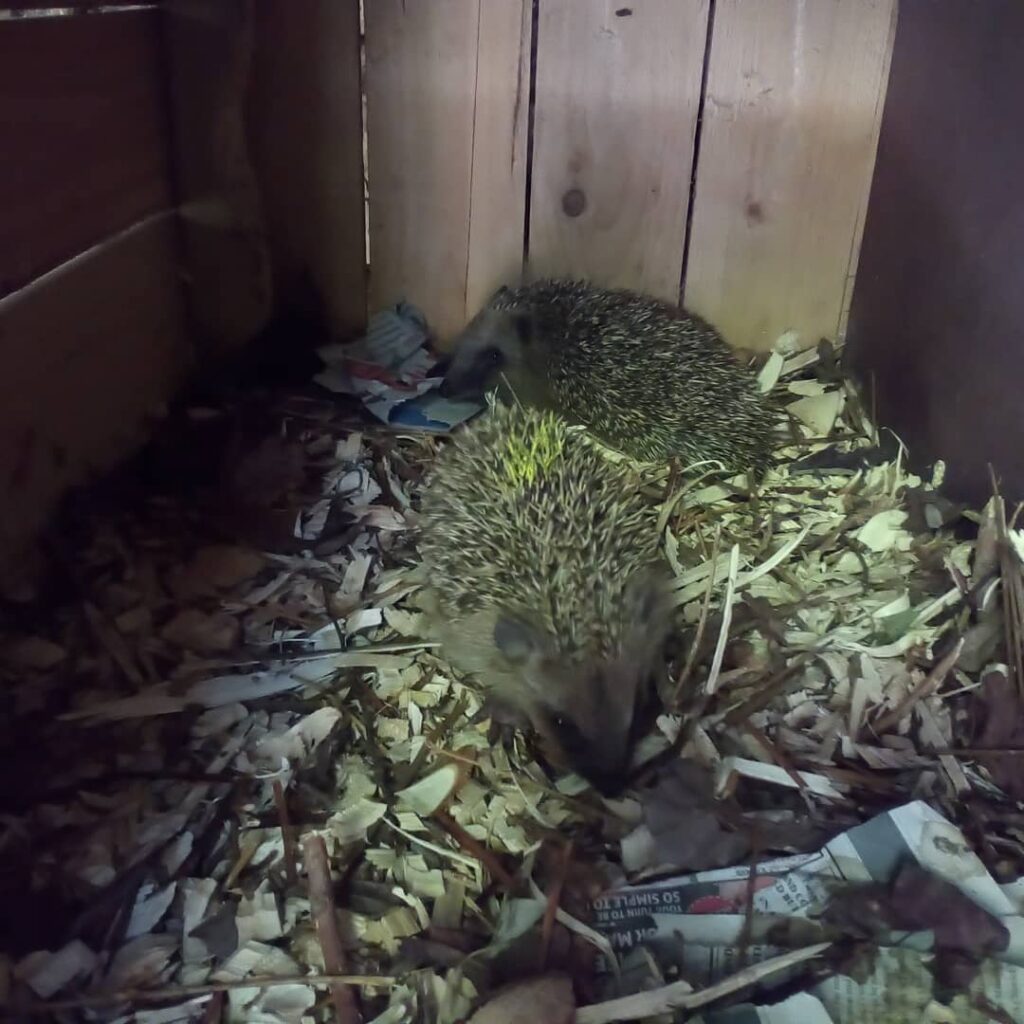
It has been a delight and a privilege to raise the hoglets. We have learned so much about these shy mammals. They are amazing escapologists. Their quills are soft and pale coloured when they are tiny, but quickly become like needles! We watched them self-anoint whenever they discovered a new smell and become very excited when they tasted their first snail. Despite the hard work, it has been been so rewarding to watch them develop and grow into their own personalities. Charlie is a timid, gentle creature, who never tries to prickle or bite us. Millie, on the other hand, is positively spiky, hisses at us and rolls into a ball at every opportunity! Denni, our little fighter, turned out to be a boy after all and is now called Dennis. He is the friendliest of the three, perhaps due to the amount of handling he required in the beginning. As I write, on 28th May, they are all at healthy weights of over 500g and can be released very soon. We’re watching the weather and waiting for a damp evening that will bring out the worms and slugs they like to eat. Our wildlife camera will be set up next to a feeding station, so that we can hopefully continue to see our three little friends in the coming months and years. And just in case you are wondering how we will tell them apart, they each have a different coloured nail varnish marking on their backs.

